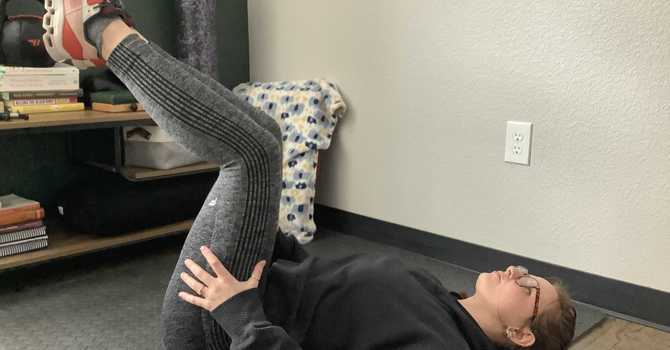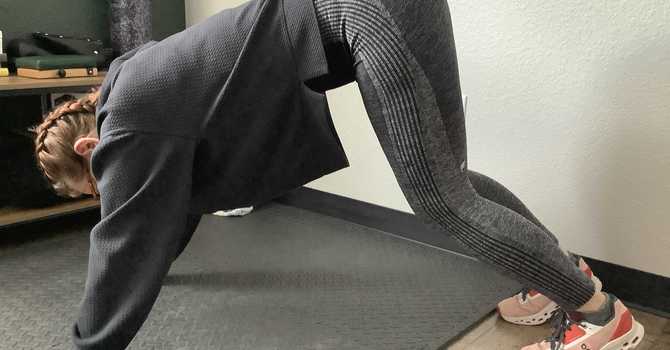
You may have been told at some point in your life that you have upper and/or lower crossed syndrome. We take a closer look at what research tells us on weakened neck muscle's role in this condition.
Have you ever been told that your posture looks sluggish? Maybe even from one of the doctors in the office? I know we have some desk jockeys out there who have heard this before. While posture may not have a direct effect on our pain or condition, it is important to be cognizant of your posture in given situations to prevent injury. This phenomenon known as upper crossed syndrome is a mixture of tight and weakened muscles in the neck, shoulders and upper back.
The primary focus of this post is the deep neck flexor muscles and their association with neck pain.
In an article from the Journal of Applied Biomechanics, women with idiopathic (unknown cause) neck pain displayed “significantly less strength and endurance for the cervicothoracic flexors and extensors” as well as “significantly less endurance time for the cervicothoracic and craniocervical flexors”
One exercise that we like to use in our office to help strengthen these deep neck muscles is a cervical retraction exercise. It is a simple exercise that not only helps strengthen neck muscles, but also stretch those nagging suboccipital muscles at the base of your skull.
Next time you’re in the office, ask about these chin retractions and if they could benefit you!
Resource:
O’Leary S et al. Comparative Strength and Endurance Parameters of the Craniocervical and Cervicothoracic Extensors and Flexors in Females With and Without Idiopathic Neck Pain. J Appl Biomech. 2019 Jun 1;35(3):209-215.





